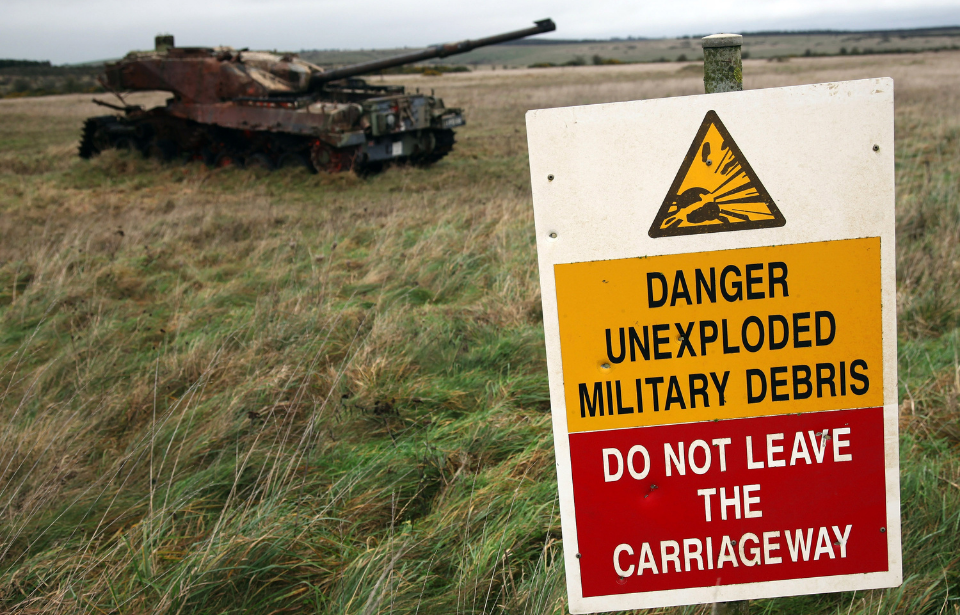The village of Imber in Wiltshire has long been abandoned by its inhabitants after they evacuated, leaving behind the eerie remains of a once-lived-in place.
The residents of Imber were forced to leave almost eight decades ago by the military, who told them they would be able to return in six months, but this was never to be. To this day, despite numerous attempts by those who lived there before the evacuation, no one has been allowed to return.
Citizens of Imber were told to leave in 1943 when the village was selected by the government as a training ground in preparation for the Allied invasion of Europe.
Why did the military want Imber?
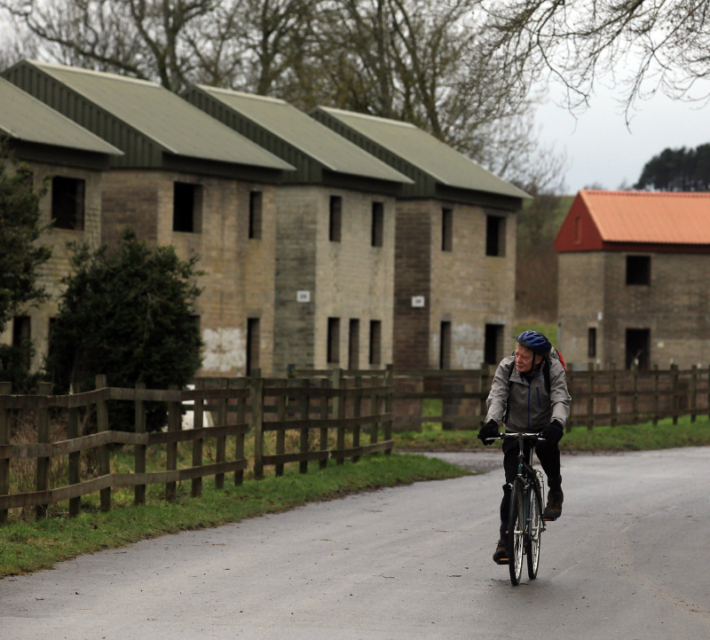
The village itself sits on Salisbury Plain, an expansive, relatively uninhabited area of England that is home to Stonehenge and a large military training ground that covers around half of the plain. Much of this area is dangerous live firing ranges, which is almost completely closed off to the public.
Imber village is near this firing range, and the inhabitants may have been affected by ordnance on the ranges if they were not moved from the site. The Ministry of Defence (MoD) controls the village, which has remained relatively unchanged ever since its acquisition. This has made it a popular place for explorers.
The British War Office owned almost all the land surrounding Imber
The British War Office had begun buying land on Salisbury Plain for decades before the evacuation of Imber. They offered good prices to the landowners for their property, which would later be used for military exercises.
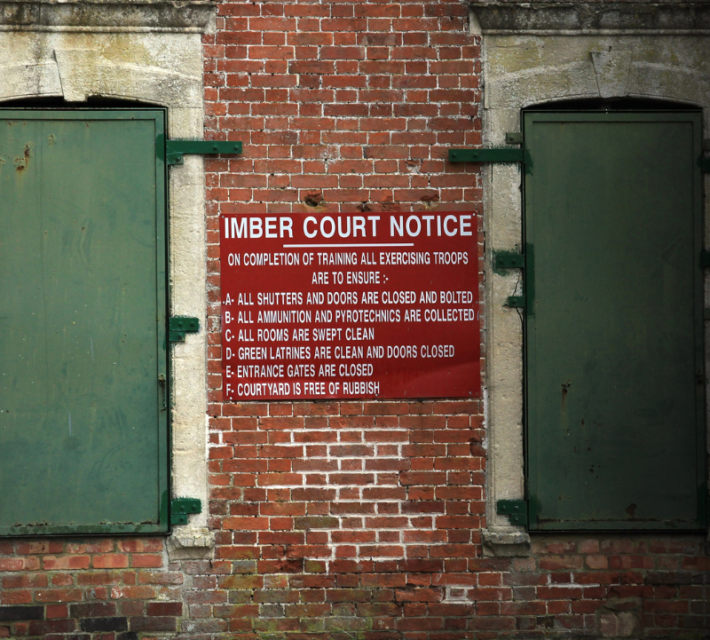
By 1943, almost all of the land around Imber was owned by the War Office, who now wanted to use the village itself as a site for U.S. troops to practice urban fighting, something they would encounter a lot when they reached continental Europe.
Evacuation of the village
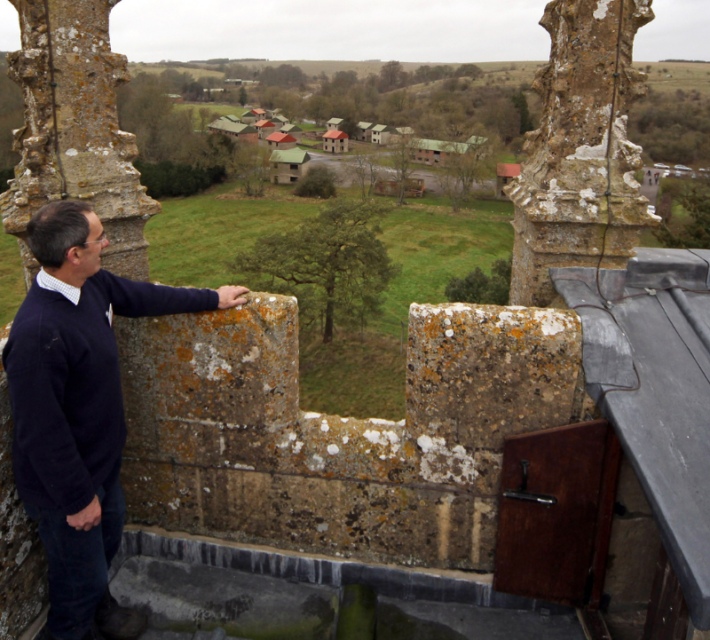
The residents of the village were brought into a meeting to discuss the requisition, where they learned they had 47 days to leave. Surprisingly, almost all of the 152 inhabitants left peacefully, believing they were doing their part to help the war effort. Only one family had to be forcibly removed by the Army. It does need to be remembered that the villagers left with the belief they’d return in six months.
Unfortunately for the villagers, the War Office quickly threw out any plans for their return. The village managed to survive the war mostly intact, but the government retained it as their property permanently due to its proximity to the firing range. After the war, the British military continued using the village extensively, even adding more buildings in the 1970s.
Imber was never returned to the villagers
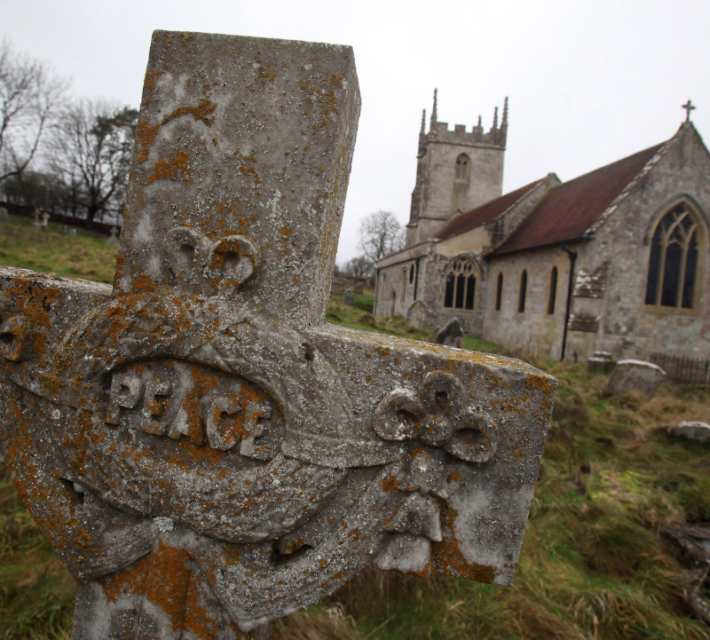
In 1961, 2,000 people gathered in the village to protest, demanding its return, but the government denied their wishes. Further attempts at returning to the village met with similar results, although the government agreed to maintain the church and open it for worship on certain days.
Imber is open to the public on some occasions and can be accessed by bus on these days. Interestingly, Imber is still regarded as a regular village on many official documents and services.
Imber today
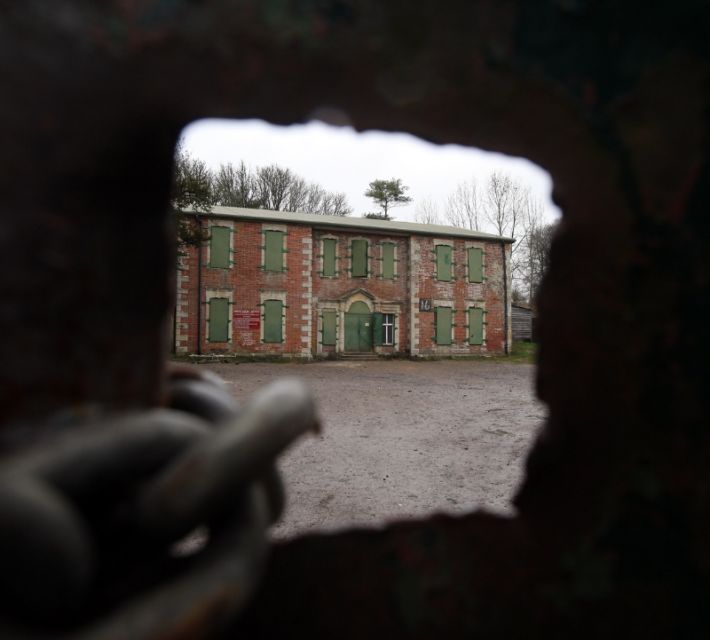
New! Want to become a trivia master? Sign up for our War History Fact of the Day newsletter!
More from us: The ‘Wild’ History Behind America’s Counterintelligence Service
The buses that ferry visitors to the village operate on a regular service timetable, and a local bus has Imber listed as a destination. Similarly, England’s census still includes Imber. The first census after the evacuation was in 1951 and recorded the village’s population as zero.
The eerie, ghostly atmosphere of the rapidly abandoned village is a big draw for history enthusiasts and urban explorers. Today, some of the remaining buildings are a pub named the Bell Inn, Imber Court, a schoolroom, and farm cottages.
